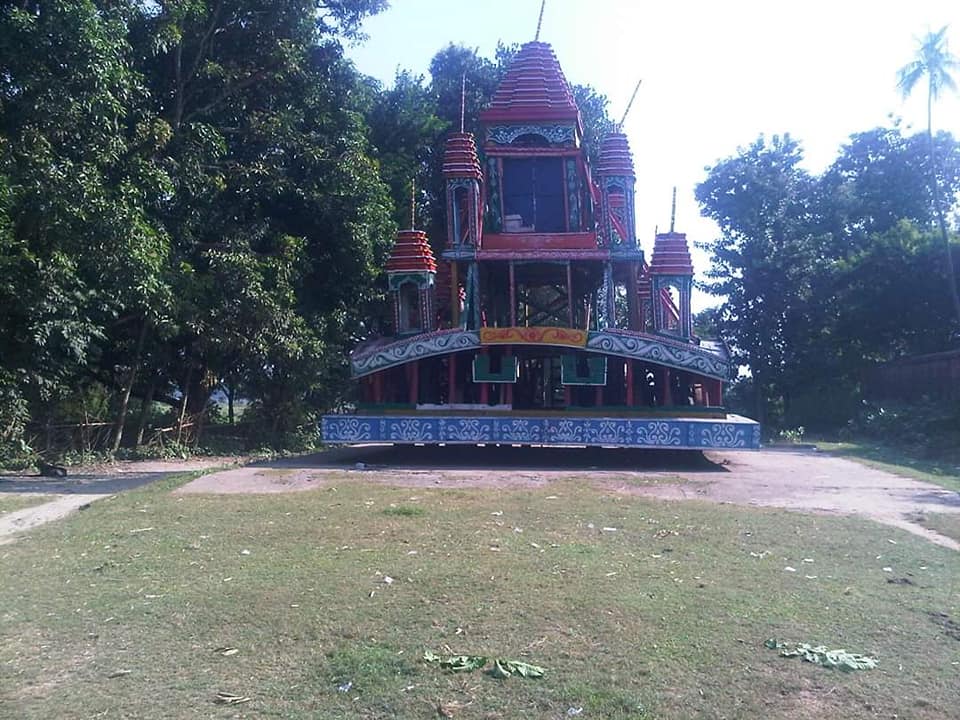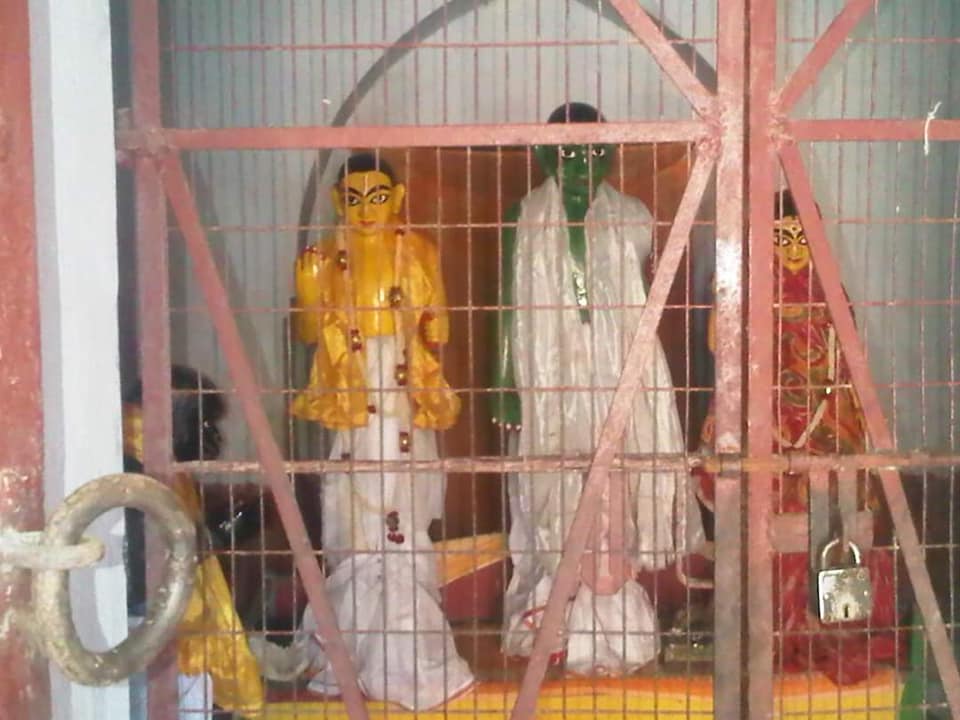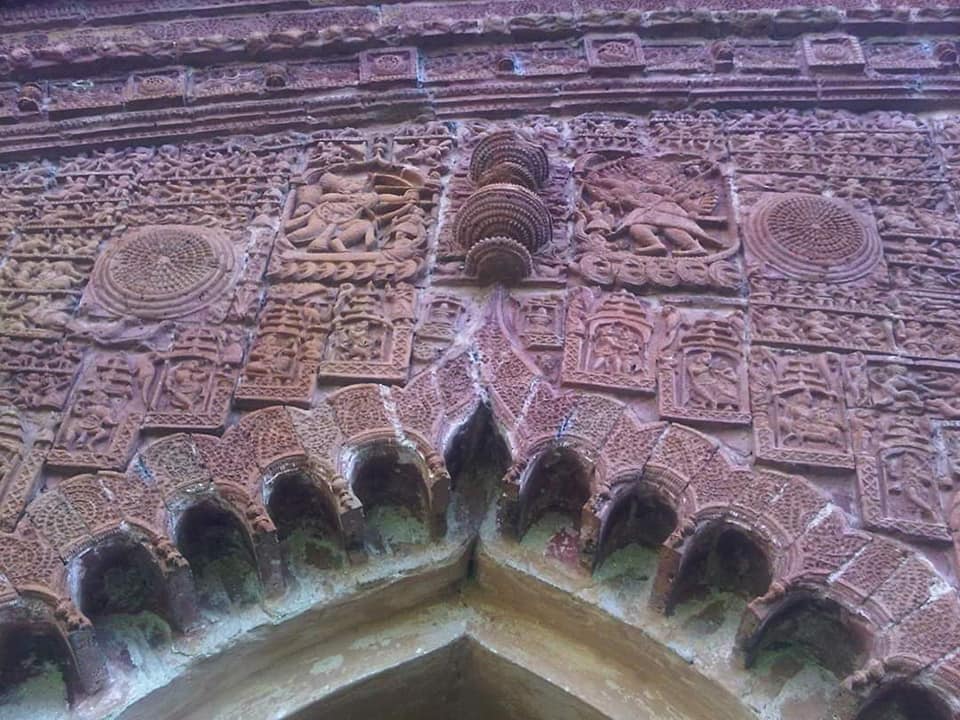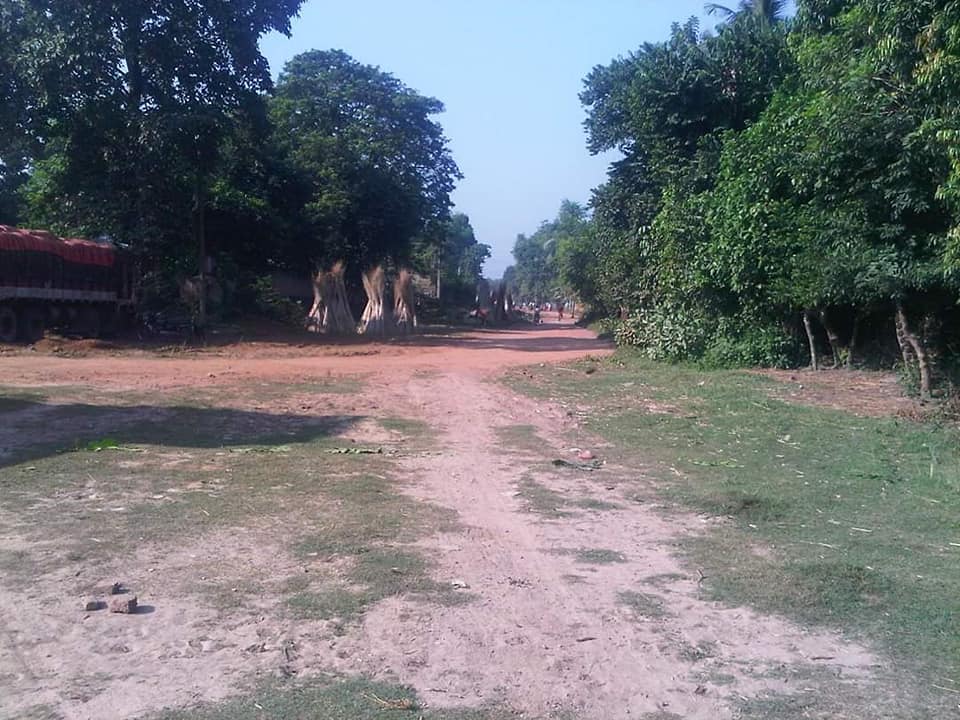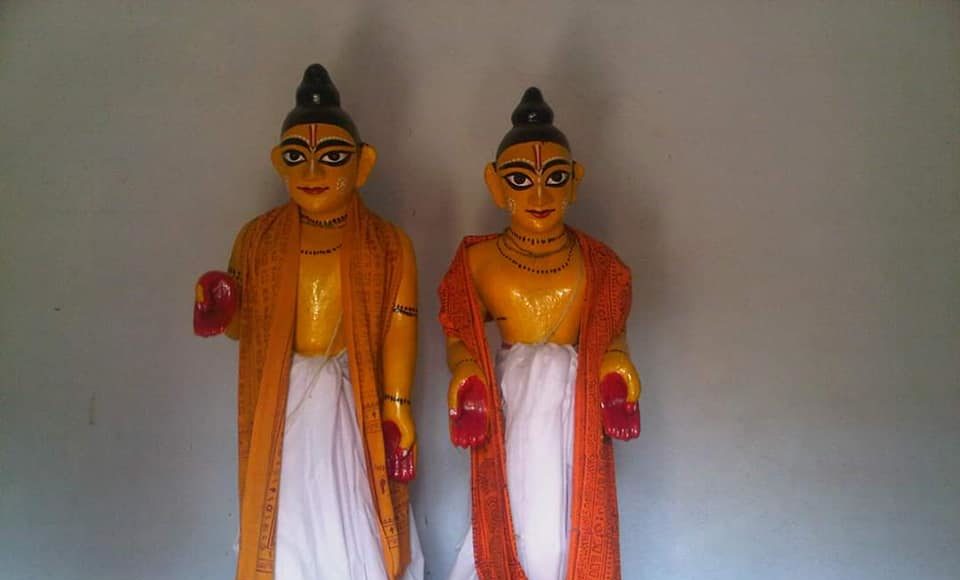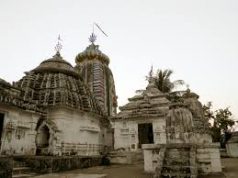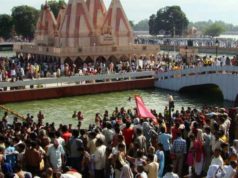Guptipara located in the Hooghly District of Bengal & a seat of the Gaudiya Vaishanavism from the times of Sri Chaitanya Mahaprabhu, today continues to remind us of its glorious past which it holds in its reserve since the last 500 years, history as sparkling as the Samantak Mani of Sri Krishna & often termed as the Gupta Vrindavan ( Secret Vrindavan). It holds till today those rich reserves in the form of the Lord Jagannath Rath Yatra started some 450 years ago or the Vrindavan Chandra temple which carries the Original Neem Wood Deities of Lord Chaitanya & Lord Nityananda which were carved out during the life time of the lord’s (1500 – 1545 AD) & present today in the Vrindavan Chandra Temple.
It won’t be out of context to mention that Lord Chaitanya & his hands Lord Nityananda with Adwaitya Acharya used to frequent Guptipara at the peak of the Vaishnav movement in Bengal, more so since Shantipur the home to Aditya Prabhu is located on the Opposite side of the Ganges.
The place declared as a Heritage Site by the Goverment of West Bengal was originally founded by the last Hindu dynasty who ruled Bengal Lakshman Sen & Ballal Sen.
Birth place of Bhola Moira (Inventor of Gupo sandesh & the famous folks singer – Kabiyal) & Diwan Mohanlal The Hindu General of Nawab Siraj –u- Daullah who fought gallantly in the Battle of Plassey. It also is the home of Bengal’s first Barowari (English: publicly organized) Durga Puja which introduced Sri Bindhabasini Jagaddhatri Puja (Worshipping Devi Durga introduced by Lord Rama), with a club named Bindhyabasini. It is now known as Bindhyabasini Mata. In the 1760’s, a group of men were stopped from taking part in the household Durga Puja of the ruling Sen family. In retaliation, twelve of these men formed a committee and organised a modern club culture called “Barowari Puja.” (In SanskritBar means Public or community and in Farsi wari means By or for Opinions vary about the year of commencement of the Barowari puja. Some believe it to be 1760 while others claim it to be 1790.
Guptipara was one of the main places in ancient India where the “Sanskrit Toles” and Pandith lived. “Pathmahal,” “Raghu Nath” Mandir, and Mela were situated throughout Guptipara in large numbers. Many old manuscripts and books are preserved in the “Sisir Bani Mandir Pathagar”, the government library.
The Brindabanchandra Temple contains many terracotta works, and the structures bear characteristics of the Bengal school of architecture, with carvings depicting scenes from the epics and Puranas.
Guptipara was a citadel of Vaishnavite culture. Even today, residents observe Ras, Dol and Ratha-Yatra, which is Guptipara’s greatest festival. The Guptipara ratha (English: ceremonial chariot), one of the tallest and oldest rathas in West Bengal, is said to cover the second-longest distance in India after that of Puri. On the day before the Ultorath (the homecoming of Lord Bridabanchandra), a festival known as “Bhandarloot” is held in Guptipara. Many people across Eastern India come gather there to pull the ropes of the ratha.
